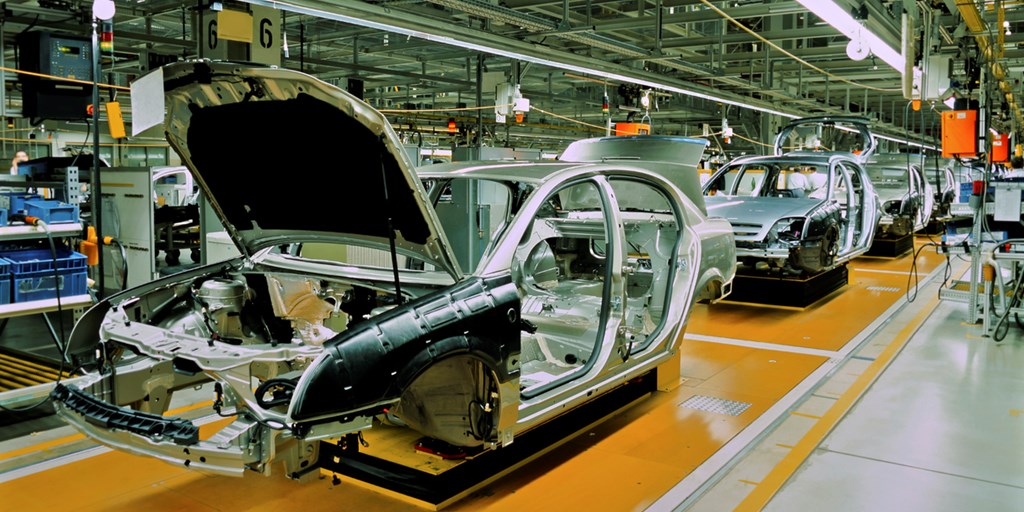
There is growing concern surrounding pricing all throughout the supply chain. As many companies rush to restock depleted inventories following the pandemic, the law of supply and demand drives prices higher, both for consumers and in all links in the supply chain. With more and more online shopping options, consumers are able to shop around for the best product at the best price, creating fierce market competition. In order to stay competitive, OEMs need to cut costs and pass down the savings — an even greater challenge than usual, since the cost of raw materials continues to rise.
If you want to know how to ensure you get the best pricing in the long term, look no further than the automotive industry for the best example. They may get a bad rap for “beating up” their supply base, but they are able to draw a hard line on pricing because they have detailed knowledge of their own needs.
Say you’re getting gas and the station knows the exact amount, time, date, and type of gas that you’re going to get. From a planning perspective, there are a lot of costs that can be covered just because of that foreknowledge.
This is the core of cost-cutting strategy in automotive manufacturing: by predicting what materials and parts they will need, in what quantities, to what specifications, and at what times, they eliminate the reasons why suppliers might charge higher prices. In comparison, some manufacturers are unwilling or unable to plan in such detail, requiring higher costs to cover increased scrap rates or needlessly high inventory counts. Inefficiencies like this in the manufacturing process require significant markup, but they can be avoided with the right planning.
Here are the most important lessons that OEMs can take from the sourcing of products in the automotive industry:
- Focus on Part Design
It’s always important to make sure that a part is designed optimally according to the function that it will fulfill. From the very beginning of a part’s conception, OEMs should work with manufacturing partners to ensure that they are designing parts that operate well and can be manufactured consistently from run to run. The more thorough your understanding of the part requirements are, the more likely you are to be able to design that part for optimal, cost efficient manufacturing. - Negotiate Material Pricing
As a huge manufacturing market, those in the automotive industry are able to negotiate the cost of raw materials, like resins, alongside manufacturers. This ensures that all their suppliers have access to the same low price and helps avoid surprises, either in cost or availability, throughout the manufacturing process. The ability to negotiate materials in this way comes from the automotive industry’s in-depth forecasting of exactly how much material is needed at any given time. - Have Objective Quality Requirements
Clear and specific quality requirements and specifications for parts provide a target for the supplier to hit where there’s no guesswork or subjectivity. When you have subjective quality requirements, you have different teams of people inspecting parts, you naturally will have variants in the parts that are produced. The more standardized the quality requirements are, the better chance you have to reduce scrap rates and receive parts on time — both key to cutting costs. - Build the Proper Tooling
Tooling can be an investment, so it might be tempting to keep prices low by skimping on tooling design, but that approach will cost more money in the long run. You need the proper tooling not only to support the projected volume, but also ensure the part manufacturer can meet the quality requirements consistently over time. Ensure you have the right runner type and cavitation for the functionality of your part, and that the tool construction itself is made with proper steel types or inserted in the appropriate areas to minimize downtime if a tool is damaged. Tooling-related delays cost time and money, and can produce unnecessary waste, so it’s best to plan ahead and invest in the right equipment. - Develop Form Forecasts
Automotive programs typically have very firm forecasts. The supplier knows exactly how much material they need and when quantities are due, which helps suppliers stay efficient. These forecasts come from OEMs who work with customers to predict trends and develop proper inventory plans and purchasing plans. In automotive manufacturing, as many as 80% of parts are exceptionally well forecasted, so the inventory is always on track and unnecessary waste is minimized.
This automotive model is very efficiency-focused; it’s what allows them to negotiate price so effectively — because they know exactly what they need, they don’t end up paying for anything extra, or wasting time and money throughout the manufacturing process. This model allows you to negotiate with suppliers as well; just make sure to follow all the steps to avoid damaging supplier relationships by focusing only on price and not on the other factors that might drive costs up.
Onboarding new suppliers, after all, is one more cost you don’t need.
Experience the Thogus Difference
Connect with us today to discuss your project and to learn more about our capabilities.